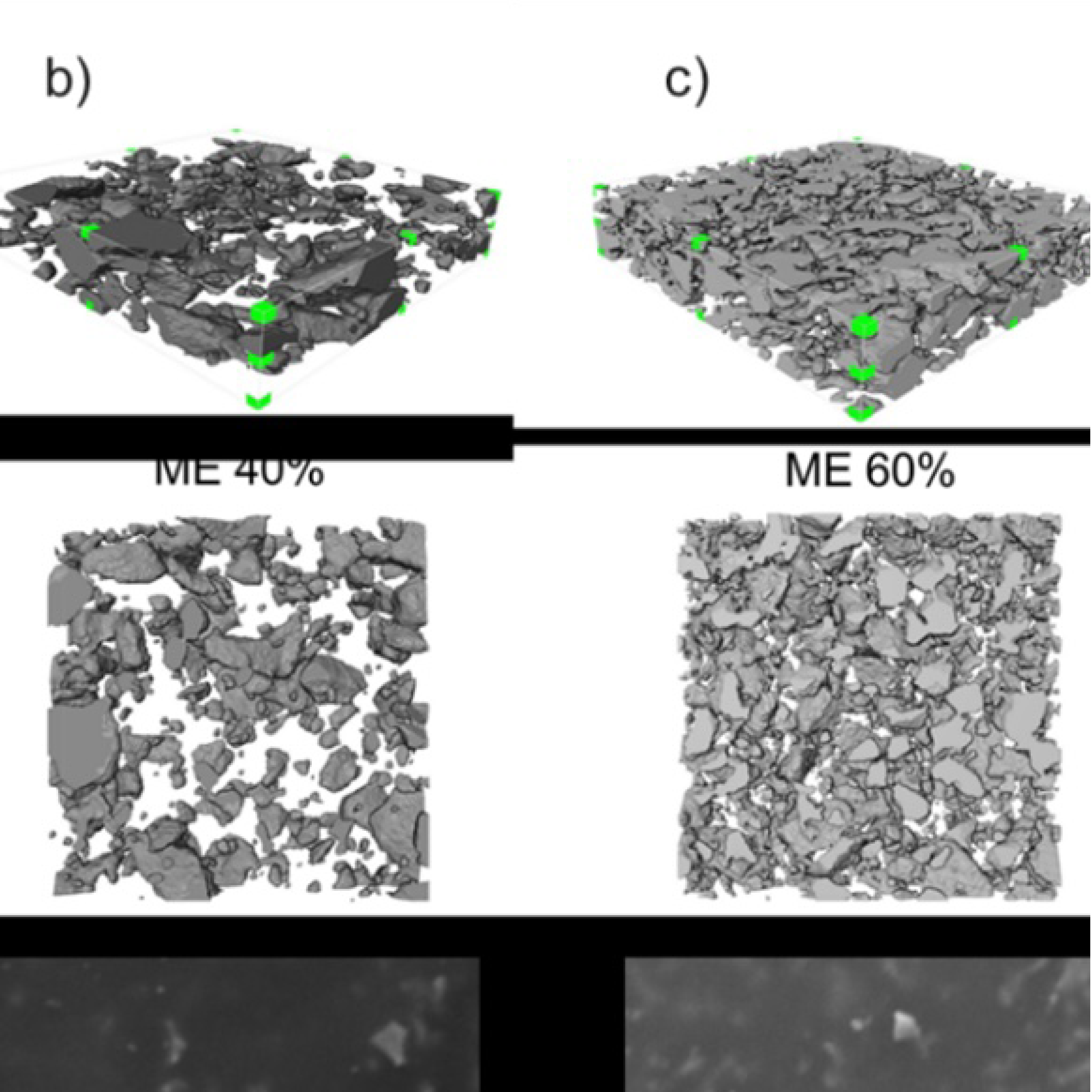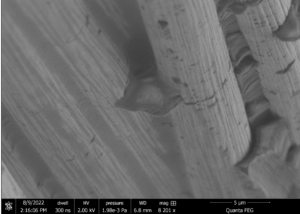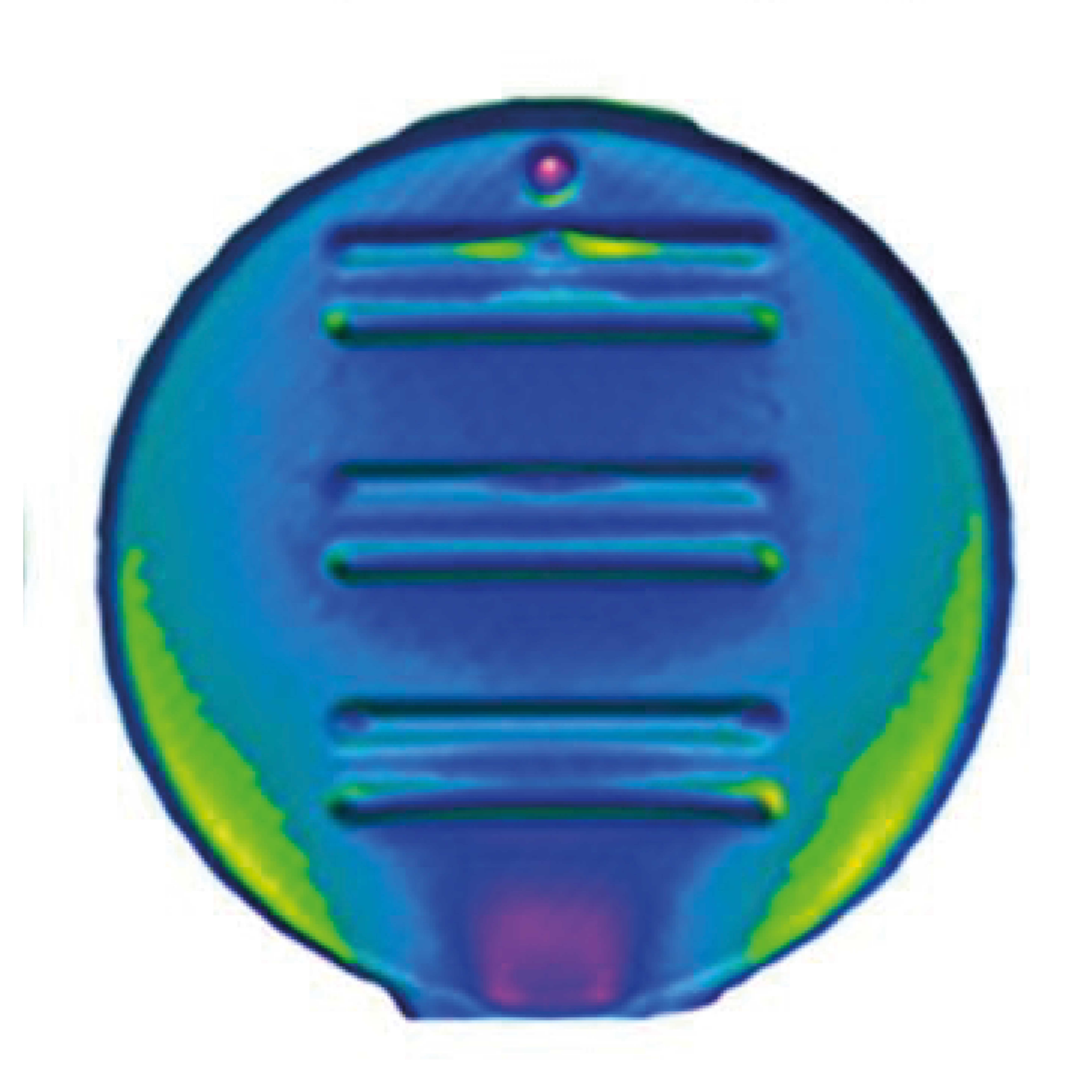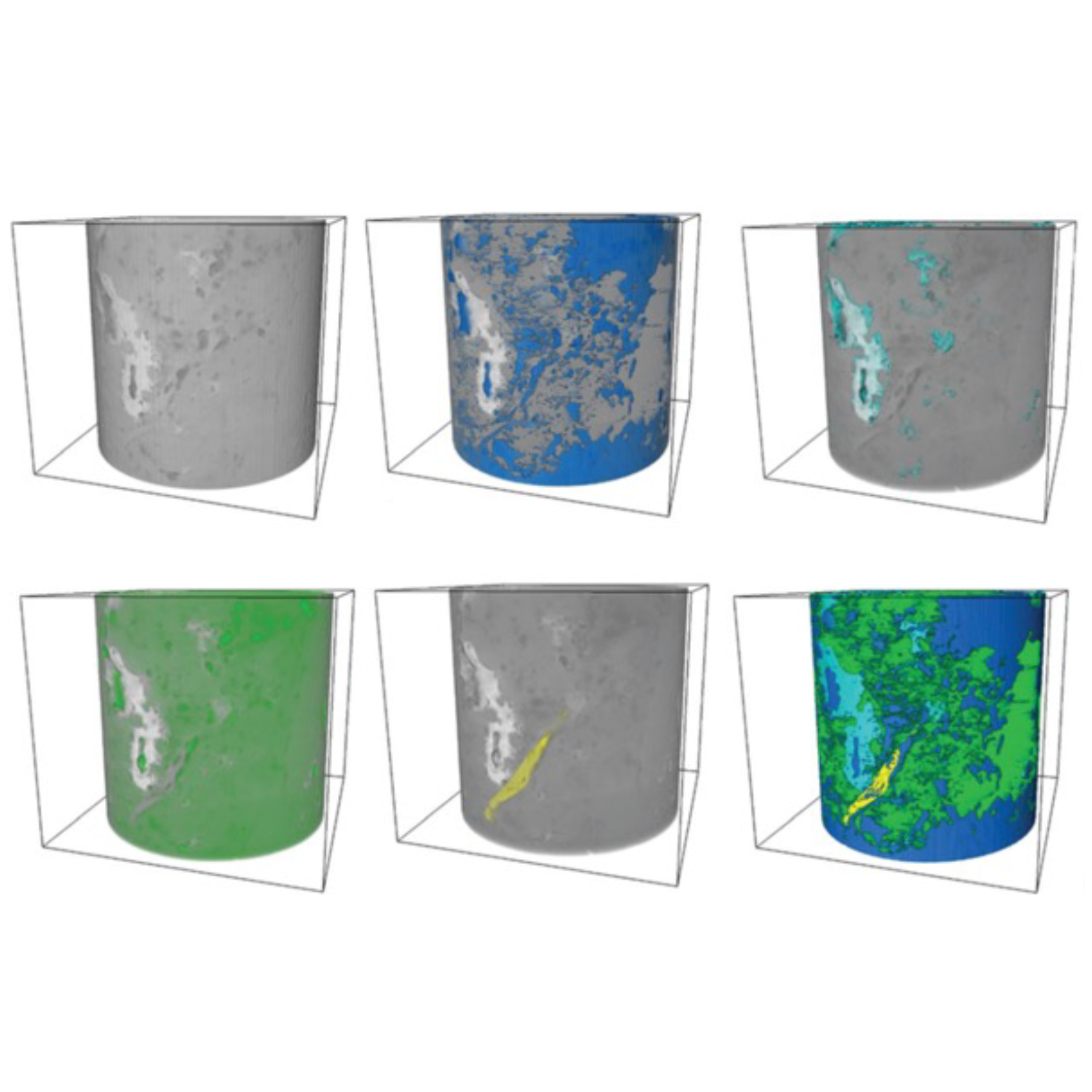
3D Microstructure of Soft Magnetic Elastomer Membrane
Soft magnetic elastomer membranes enable fast magnetic actuation under low fields. In our project, we… Read More
Events & Resources
News, Events and Resources from NXCT Partners
The primary mechanism that contributes to the damping results is undoubtedly the frictional shear at the GNP/resin interface, which is due to the weak van der Waals bonding between the two materials. Indeed, any dynamic mechanical stimuli (under free or forced oscillation) would lead to differential movement and friction between GNP and resin which would, in turn, result in the overall increase of the damping parameter ζ as obtained from the experimental data.
However, the significant increase of ζ in the case of CFRPs at very small wt.% indicates that there is a second mechanism that could contribute to the energy absorption in CFRP: It is evident that in this case an interaction between GNP and carbon fibres themselves (e.g. mechanical locking) is a clear possibility which should be investigated.
NXCT, following a significant effort of their experts and using the Zeiss Xradia 510 Versa equipment, provided us some very ‘difficult to catch’ figures that revealed the mechanical locking energy dissipation mechanism that we assumed beforehand.
“The significance of the work is based on the rare X-ray CT photos that NXCT managed to catch, which reveal a second energy dissipation mechanism that occurs between the GNPs and the carbon fibres.”
Christos V. Katsiropoulos
PhD student
Department of Chemical Engineering
Division of Materials Science and Technology
Nanotechnology and Advanced Materials Laboratory (NAM)



Soft magnetic elastomer membranes enable fast magnetic actuation under low fields. In our project, we… Read More

Nowadays, the increasing capability of micro-manufacturing processes enables the manufacture of miniature products with extremely… Read More

Injection of CO2 into shale reservoirs to enhance gas recovery and simultaneously sequester greenhouse… Read More